If the black chicks have a Barred Rock mother, and a Rhode Island Red father: yes, they are female.
(If they have any other barred mother, and any other not-barred father, they would also be female.)
(If they have any other barred mother, and any other not-barred father, they would also be female.)





 If you get columbian patterned chicks you will be able to see barring or not on the black parts of their feathers (if you want to search for photos: Delawares are barred columbian, Light Brahmas are not-barred columbian.)
If you get columbian patterned chicks you will be able to see barring or not on the black parts of their feathers (if you want to search for photos: Delawares are barred columbian, Light Brahmas are not-barred columbian.)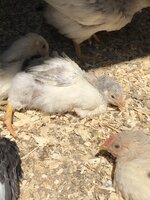
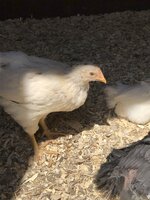
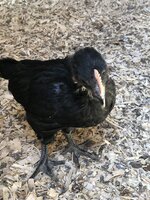
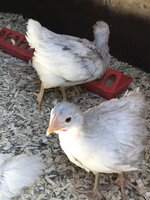
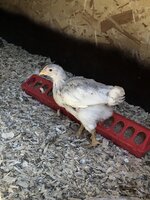
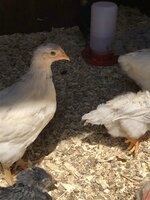
 So I'll be curious to know later, when it's more obvious, how many I was wrong about
So I'll be curious to know later, when it's more obvious, how many I was wrong about 